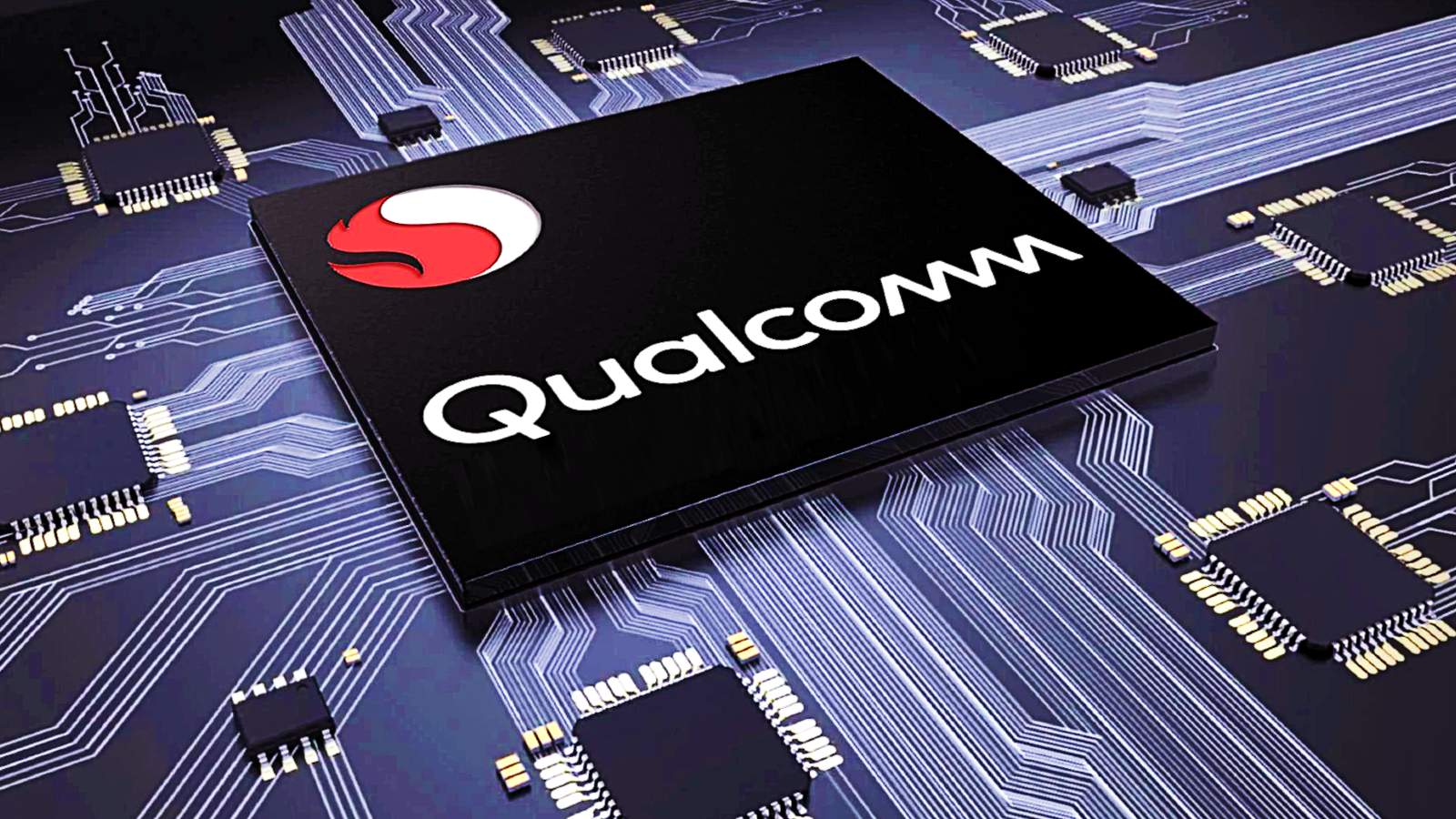
Which LCD Panel Should You Choose?
The number of LCD (Liquid Crystal Display) panels available is vast but they can be separated into several different categories, based either on technology, construction method, or even individual brand.
The best way to narrow your search is to consider your application. What is your final product and how do you want it to perform?
Common applications can be for entertainment purposes, like watching videos and playing games, or doing technical creative work like picture editing where color accuracy is paramount.
After determining the application for your display you can start to identify which features need to take priority over others. Then you will be able to narrow your search and select the panel best suited for your use.
IPS vs. TN
The two most commonly used LCD panels today are variations on the TFT (Thin Film Transistor) LCD panel.
These are the IPS LCD (In-Plane Switching) and Non IPS LCD panel or TN (Twisted Nematic) LCD.
TN is the most common type of LCD display at the moment as it offers the best value for money.
You get the highest performance at the lost cost. TN displays have evolved to the point where they have an incredibly fast response time, meaning they are great for entertainment purposes.
Regarding viewing angle, the TN display suffers particularly in the vertical direction; when watching a movie you must be sitting directly in front of the display to get the best picture.
Most TN displays can represent only 70% of NTSC, Adobe RGB and sRGB color gamuts, in some cases as little as 10 to 30% with the poorest quality displays.
When it comes to choosing a display for a creative application it is important to consider only a high-quality TN display as the color gamut will be higher.
IPS (In-Plane Switching) panels are actually broken down into a variety of different types: IPS, S-IPS, AS-IPS, IPS-Pro, and H-IPS.
All of these use different variants of technology that manufacturers have developed and use within their own products.
As a whole, IPS panels are designed to improve upon the flaws of the TN technology, specifically focusing on viewing angle, contrast, and blacks.
The viewing angle in specific IPS screens has improved to the point where crystal-clear viewing is possible at 178 of the 180 degrees available to a user.
Contrast and blacks have also considerably improved. IPS panels do not lighten or show tailing light when touched, which can happen on TN panels; this is important for touch-screen devices such as smartphones and tablets.
However, as with all new technology, it is not perfect. The response times of IPS panels still falls behind those of TN technology. The cost of an IPS panel is also higher than that of a TN panel.
Bottom-line recommendation:
TN displays are more suited to consumer entertainment applications because of their high response time and lower cost.
IPS displays are generally far better for professional creative applications where color accuracy is important and the higher cost can be justified.


